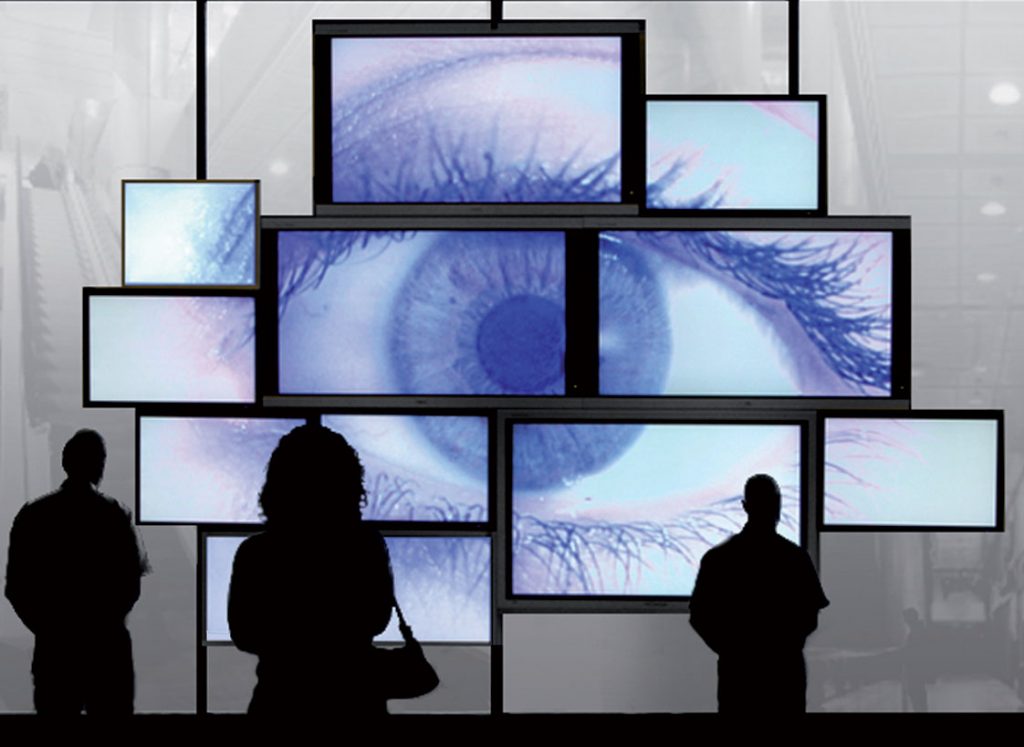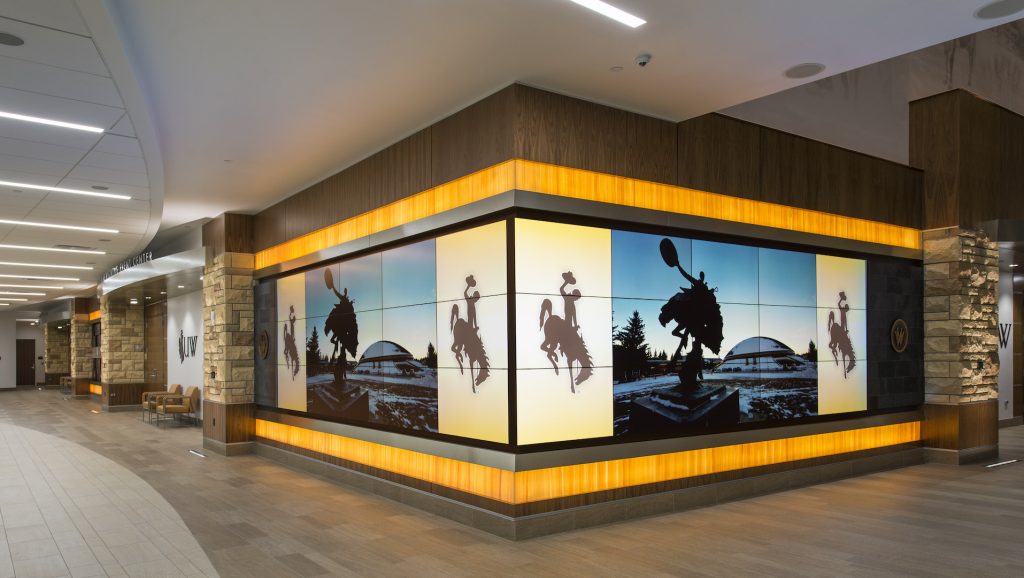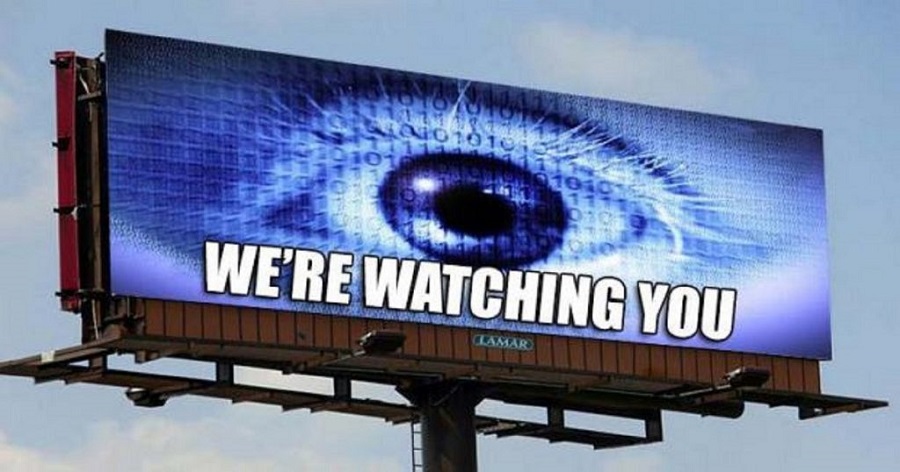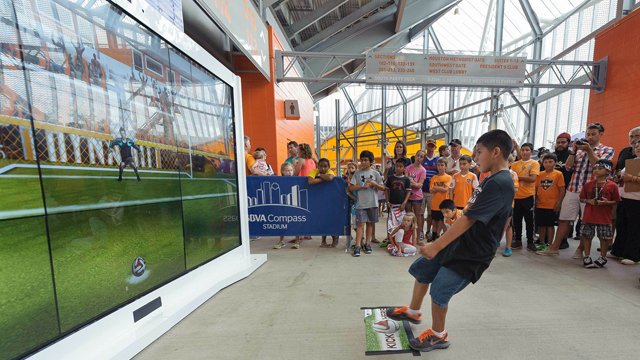Digital signage has been growing exponentially in recent years. Currently, the global market is worth an approximated $20 billion, and experts expect this blossoming sector to grow to $33 billion within the next five years.
Unsurprisingly, the talk about the present and future of digital signage is increasingly gaining relevance among leading marketers, retailers and service companies worldwide. And although the placement of screens and the creation of dynamic content have their place in the success of digital signage, technology is still the main topic.
Modern technologies are enabling players in the industry to create quality signage systems that deliver consistent, long-term service across their networks. With these methods, retailers and marketers can develop appropriate and easily updatable content, while also gathering big data on how effective their content is, and how it engages customers.
As a retailer or marketer in the current digital space, therefore, it is crucial that you keep up with the trends. Below are five digital signage technologies that are particularly significant today.
1. Touch Screen Displays
Thanks to smartphones and tablets, touchscreens have become a mainstream part of our lives, and the technology in digital signage is advancing steadily. From hands-free 3D displays to light-measuring surfaces, companies are hard at work developing touchscreen technologies for digital signage.
At the Las Vegas Digital Signage Expo last year, Zytronic – a UK-based projected capacitive touchscreen manufacturer – was among the presenters that moved the crowd. Its force-sensing tech for digital signage touch screens can tell the difference between a light and hard touch, similar to Apple’s 3D Touch feature on the latest iPhones.
Zytronic is just one of many companies that are working to revolutionize digital signage with touchscreen technology. Admittedly, touchscreens have quite a long way to go before they’re fully embraced by marketers, particularly with regards to overcoming tactile issues. Nevertheless, the technology offers opportunities that are too promising to ignore and many users are already familiar with touchscreen technology through their smartphones as well as larger display touchscreen laptops.
2. Digital Fabric Graphics And New Configurations
Although printing graphics on high-quality fabric has existed for years, digital signage is taking the art to another level. Innovative marketers are installing screens behind the fabric graphic to bring the signage to live in remarkable ways. With more light, motion, and color, digital fabric graphics offer companies an attention-grabbing display that is superior to traditional fabric graphics. It is also cheaper than installing a TV, yet it creates the same effect.
Besides digital fabric graphics, new technology is enabling the creation of digital signage in configurations that were never possible before. Today, there are curved displays, massive HD screens and outdoor waterproof panels that can be configured to fit any space. This freedom is essential in the creation of custom and unique signage systems that meet a company’s specific needs.
3. Video Walls and Projections
Projectors and projection substrate technology is another concept that has been developing rapidly. By combining high-definition projectors with specialized projection films, retailers can now convert their standard see-through window display to large-format digital screens for their dynamic videos and still visuals.
Polymer-based rear projection film is embedded with properties that can make it either a clear, see-through surface or a solid HD display. As a retailer, this exciting technology serves you the unique opportunity to use your shop’s front display for dual-function video walls, with which your brand can stand out from the rest.
4. Big Data Analytics
The current marketing techniques are driven by big data. Companies want to know everything about their customers, from shopping patterns and behaviors to demographics and movement.
Although traditional advertising methods like TV and radio have worked well over the years, their biggest downside is that they provide marketers with little to no understanding of the impact of their campaigns. Broadcasters have no way of determining how many viewers answered a phone call or left to go to the bathroom while your advert was playing.
Enter digital signage, the marketing channel that bridges the online and offline worlds. Retailers can now move away from the ineffective TV and radio and employ smart billboards that track how many people are walking past, and who is stopping to engage with the content. Some screens even have eye-tracking and facial-recognition to know what part of the signage is attracting the most attention, and how a viewer is responding to the content. Retail digital signage is also able to identify the age and gender of its audience and adapt its content accordingly.
Using digital signage and big data to create targeted marketing campaigns is assuredly the future of display advertising.
5. Gamification
Nike+ was the first brand to use gamification in marketing when, in 2012, it transformed running into a game that achieved a vast community of competitive players. As its brilliant campaign proved, gamification gives customers an immersive experience and encourages engagement with a product in ways that other tactics cannot.
The interactivity of gaming with digital signage has been a perfect match. Retailers are using screens to deploy product-related games that foster excitement for a brand. The use of in-game leaderboards is particularly widespread, and some retailers even offer daily prices to their best-performing players.
With the gaming sector expanding at an alarming rate, it’s only logical that digital signage systems employ gamification for more effective marketing campaigns.
Conclusion
In recent times, digital signage has been insistently proving itself as a robust communication platform. And thanks to rapidly evolving technology, this platform can reinvent itself and adapt to many sectors and applications.
New display technologies, big data analytics and gamification are among the trends that are promising to have unprecedented value to marketers in the coming years. It will be fascinating to see how these aspects help digital signage to cement its place as a high priority for advertisers and communicators alike.
Guest post written by Jo-Ann Coetzee












